-

Safe Motherhood
Safe Motherhood Safe motherhood is defined as a series of initiative, practices and protocols and service delivery guideline designed to ensure that women receive high quality gynecological, family planning, prenatal, delivery and postpartum care in order to achieve optimal health for the mother, fetus and infants during pregnancy, childbirth and postpartum Safe motherhood means that…
-

Integration of Reproductive Health Services
INTEGRATED REPRODUCTIVE HEALTH SERVICE DELIVERY Integrated reproductive health service delivery is a way of providing complementary reproductive health services that suit the client’s needs with the least inconvenience, promoting quality care, acceptance, continuity, and client confidence. Ideally, it means meeting all the reproductive health needs of a client during a visit, potentially by different service…
-
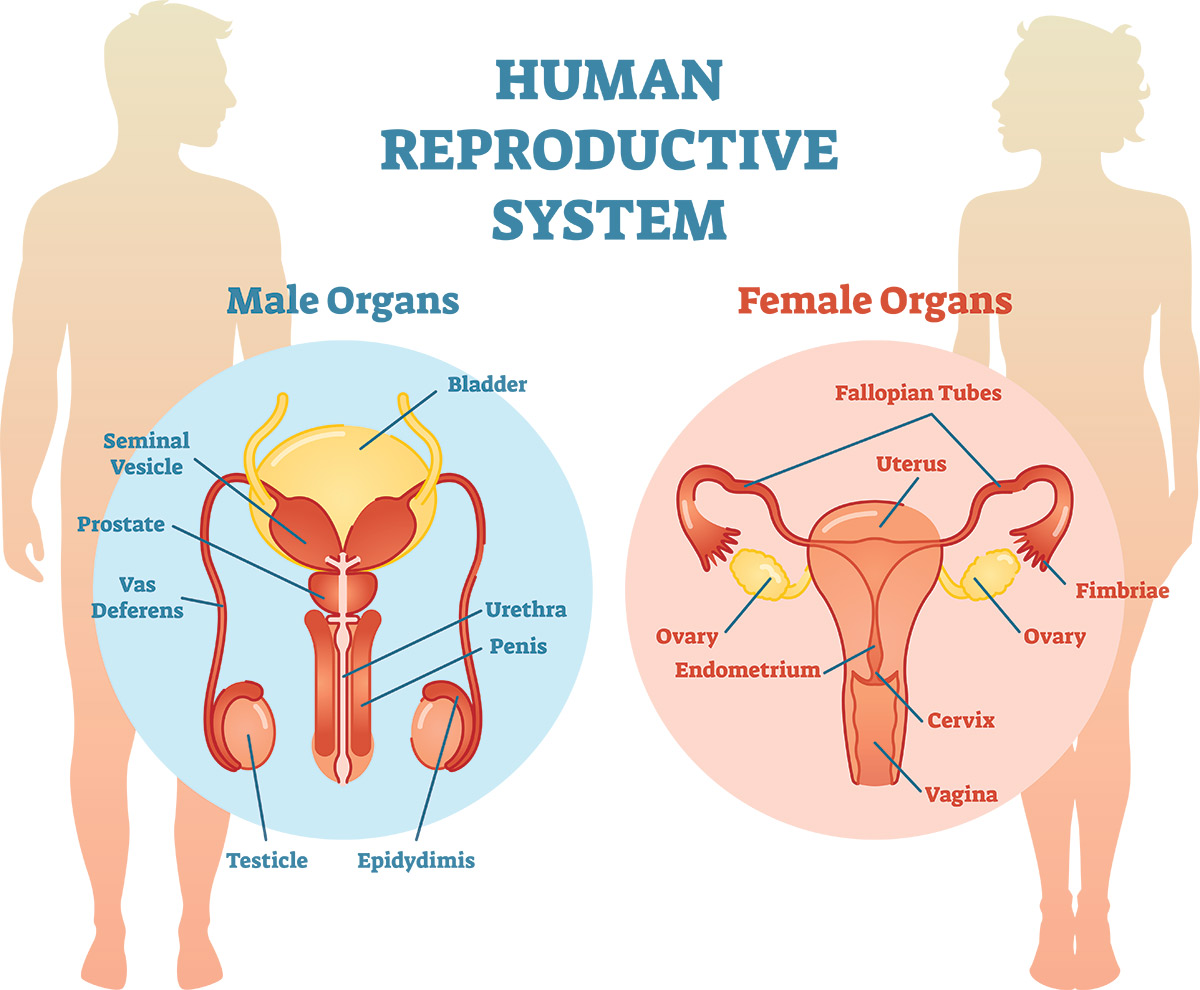
reproductive system
Reproductive System Reproductive system, also known as the genital system or the reproductive system, is a collection of organs and structures in the human body responsible for sexual reproduction. Its primary function is to produce, store, and deliver gametes (reproductive cells) and facilitate the union of sperm and egg for the purpose of fertilization, leading…
-

Introduction to Reproductive Health
INTRODUCTION TO REPRODUCTIVE HEALTH Reproductive Health is an integral aspect of health care, included in the minimal health care package. The knowledge, skills, and attitude gained from this course will help students manage and counsel clients with health problems related to reproductive health. Reproductive Health is when a person is well, not only physically but…
-
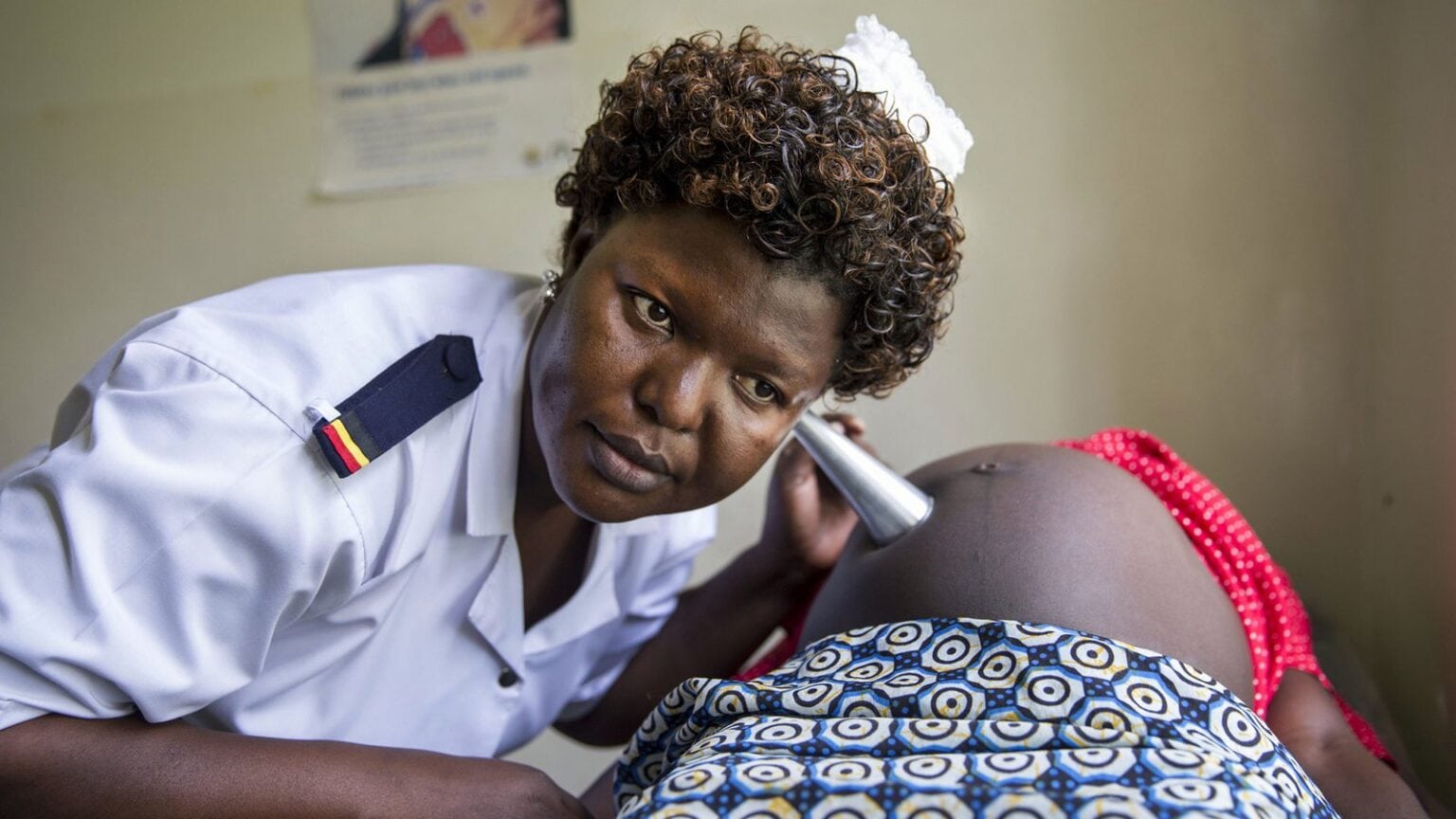
DOMICILIARY CARE
DOMICILIARY CARE Domiciliary care is an obstetric care given to a mother in her home during pregnancy, labour and puerperium. Types of Domiciliary Care Type one domiciliary midwifery care “continuity:; In this type the woman is cared for in her home all through during antenatal period delivery and postnatal care. The woman will only visit a…
-
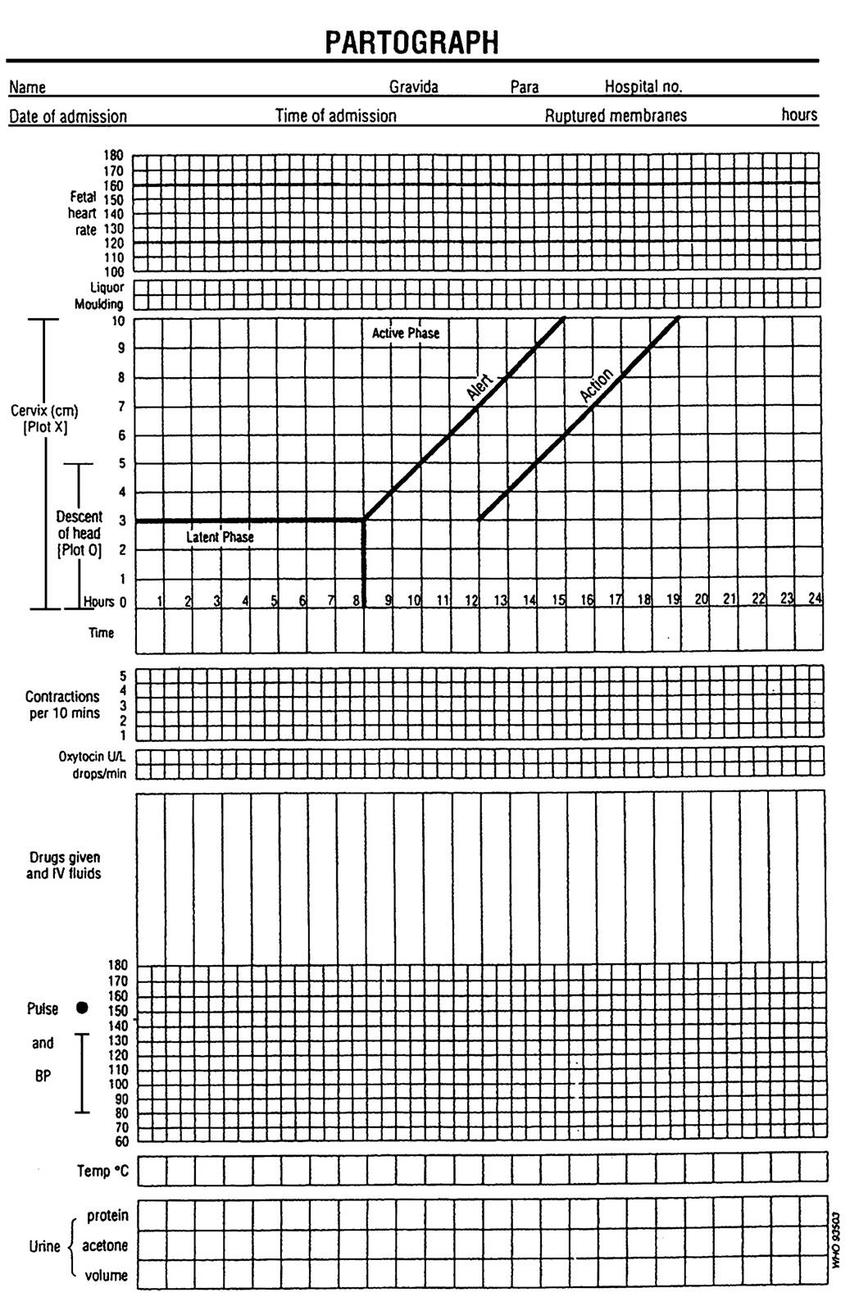
PARTOGRAPH
PARTOGRAPH Partograph is a graph or tool used to monitor fetal condition, maternal condition and labour progress during the active 1st stage of labour so as to be able to detect any abnormalities and be able to take action.It’s only used during 1st stage of labour. It is used for recording salient conditions of the…
-

MINOR DISORDERS OF PREGNANCY
MINOR DISORDERS OF PREGNANCY These are referred to as minor because they are not life threatening.The causes can be;- Hormonal changes Accommodation changes Metabolic changes and Postural changes DIGESTIVE SYSTEM Nausea and vomiting (morning sickness) This is due to hormonal changes progesterone and Oestrogen and high level of HCG, it occurs from 4-16 weeks. This…
-
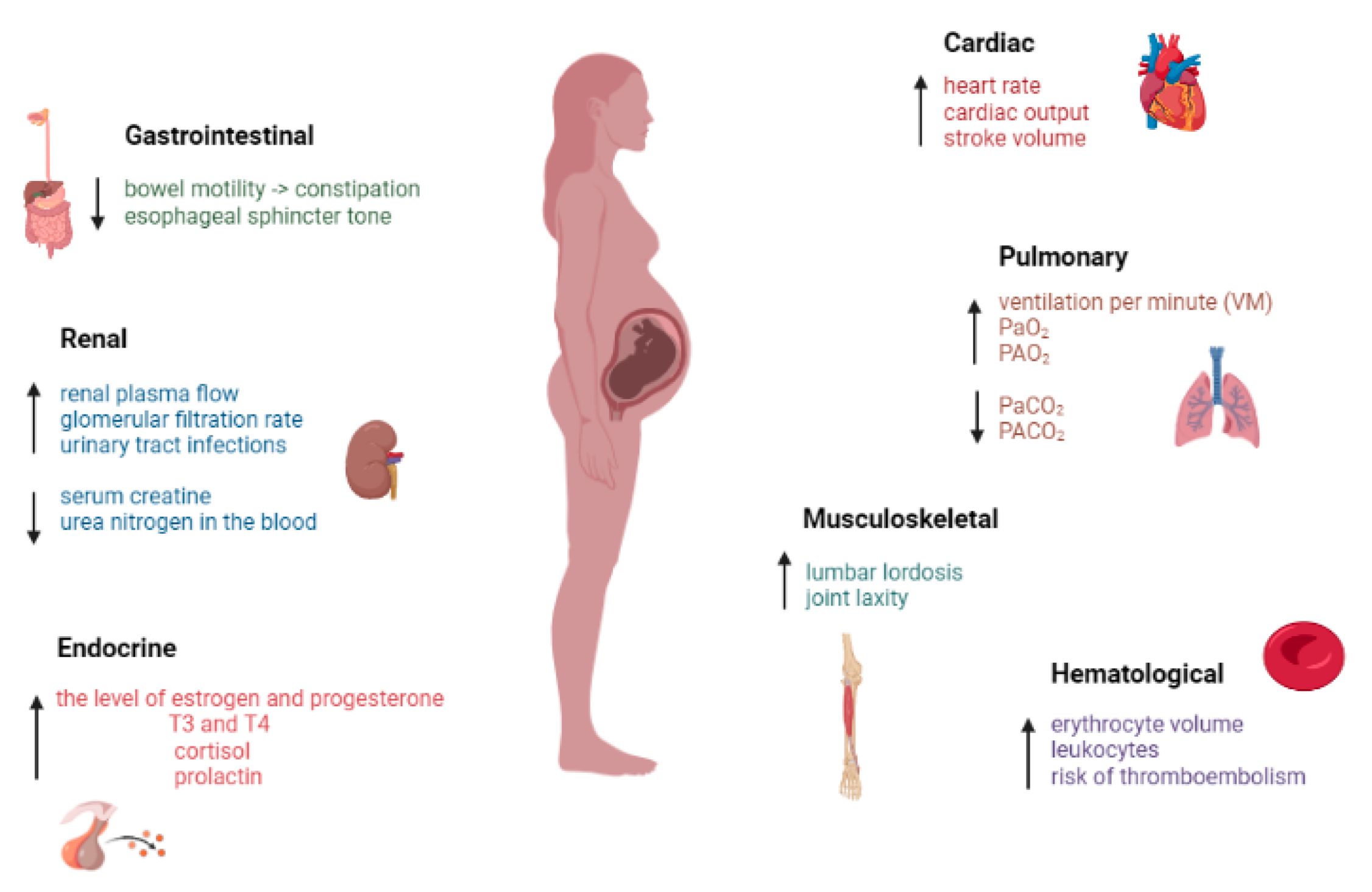
PHYSIOLOGY OF PREGNANCY
PHYSIOLOGY OF PREGNANCY These are normal natural changes that occur in the body due to pregnancy. These result mainly from alteration of hormones and metabolism. CHANGES IN THE ENDOCRINE SYSTEM Hormonal changes:The placenta produces several hormones which cause a number of physiological changes.Successful physiological adaptation of pregnancy is due to alterations in hormone production by…
-
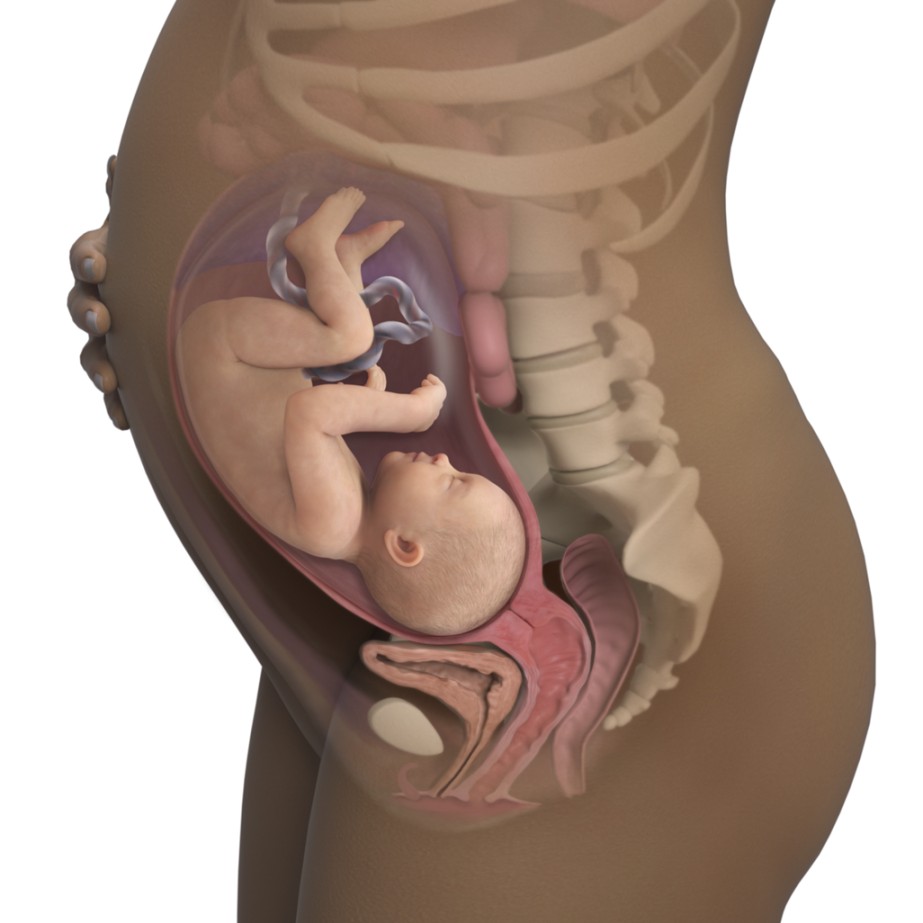
NORMAL PREGNANCY
NORMAL PREGNANCY Normal Pregnancy refers to growth and development of a fertilized ovum and begins from when the ovum is fertilized until the fetus is expelled from the uterus. Normally the fetus is expelled at term or 9 months or 40 weeks or 280 days.If the fetus is expelled before 28 weeks, it is called…
-

Terminologies
Terminologies TERMS USED IN MIDWIFERY Midwifery: It is the profession of providing assistance and medical care to women undergoing labor and childbirth during the antenatal, prenatal, and postnatal periods. Obstetrics: This is a branch of medicine dealing with pregnancy, labor, and the postpartum period. Caesarian section: It is an incision made on the uterus through…
